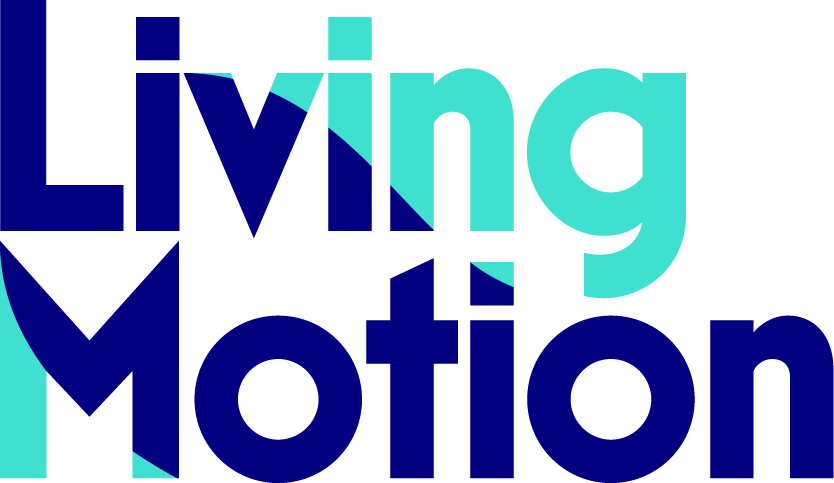
We’re not doing theory, don’t worry
How reframing models as experiences builds real understanding—especially when buzzwords shut people down before learning begins.
Summary
Some clients love frameworks. Others say: “Please don’t call it Design Thinking.” This exploration is for the skeptics—those who want real insight but don’t want it wrapped in buzzwords. It’s about how experience-first learning can build trust, depth, and understanding—without saying “theory” once.
“We’re not doing theory, don’t worry” — How reframing models as experiences builds real understanding
“Can we do something like Design Thinking—just don’t call it that.”
“If you say it’s a model, we’ll lose them.”
I’ve heard this more than once. And every time, I understand. It’s not about rejecting ideas. It’s about rejecting the feeling of being “talked at,” being distanced from experience, or being fed something polished that doesn’t match real life.
This isn’t a fear of structure. It’s something else entirely. And if we don’t see that clearly, we risk missing the people who value action over abstraction, and truth over trend.
What people are really pushing back against
Many people don’t actually dislike frameworks. What they dislike is:
Generic-sounding “solutions” with no grip
External logic that doesn’t fit their messy reality
Language that feels like it belongs to someone else
They resist things that are:
Introduced too early
Explained too abstractly
Packaged with a logo, diagram, or promise of 7 simple steps
It’s not structure they distrust—it’s the way structure often arrives: cold, overpromised, disconnected. Or worse, part of a sales pitch.
And there’s also something social at play:
“You’re not one of us. You don’t understand how things work here.”
Which is another way of saying: “I’m protecting what matters to me. Please don’t flatten it with a clever concept.”
Different clients, different instincts
It’s worth saying: not all clients think this way.
Some love labels. “Do you have a session on Design Thinking?” they ask, even if they’re not quite sure what it is. There’s a desire to stay current. To not fall behind.
Others are curious but cautious—open to something new, but not easily convinced.
But this article is for a third kind: the ones who say, “We want the effect, but don’t give it a name.”
These clients can be skeptical, blunt, resistant to language that smells like “consultancy.” And yet—they are often my favorite people to work with.
Because they care. Deeply. They love what they make. They don’t want fast talk. They want something real. Something tested. Something human.
They challenge me, frustrate me, sharpen me. And when something finally lands, it lands fully. That’s why I wrote this.
Why naming too early closes people down
The moment you name a model, people compare it to something they already know. Or worse—something they already dislike.
Instead of listening, they judge. They slot it into a mental drawer marked “not for us.”
You can almost feel the energy drop.
“Oh, we tried that once.”
“This feels like buzzword bingo.”
“That sounds like hot air.”
Sometimes, the label shuts the door before the work even begins.
What works instead: models without saying “model”
So what do you do?
You build the structure in silence. You design the session to embody the thinking. You let people move through it without telling them what it’s called.
You lead with experience. Let people reflect. Let them discover what matters. And only then—maybe—you name it.
“Let them feel it first. Then, if they ask, tell them what it was.”
The structure is still there. It’s just not front-loaded. And because of that, it can do its work.
Why this approach works so well
People don’t feel sold to. They feel engaged. They’re not comparing—they’re participating. They don’t have to believe in a concept—they get to test a reality.
And when they later hear the model behind it, they often say:
“Oh, that’s what that was? I actually liked that.”
Models aren’t the problem—premature framing is
I’m not against theory. Far from it.
But theory introduced too early becomes a flag. A category. A shortcut to misunderstanding.
A good model should clarify experience—not replace it. It should name something that’s already begun to take shape.
“A model offered after the fact becomes language.
A model offered too early becomes a barrier.”
Closing: Experience first. Language later.
So what if we held the names back? What if we trusted people to move through the idea before we gave it a frame?
Maybe the best kind of teaching is the kind that doesn’t feel like teaching. And maybe the most honest version of Design Thinking is the one where no one says the words—until someone smiles and asks:
“What just happened—and can we do that again?”
Curious how this might work in your team?
I’m happy to design something that speaks their language—without saying “model” unless they ask.
